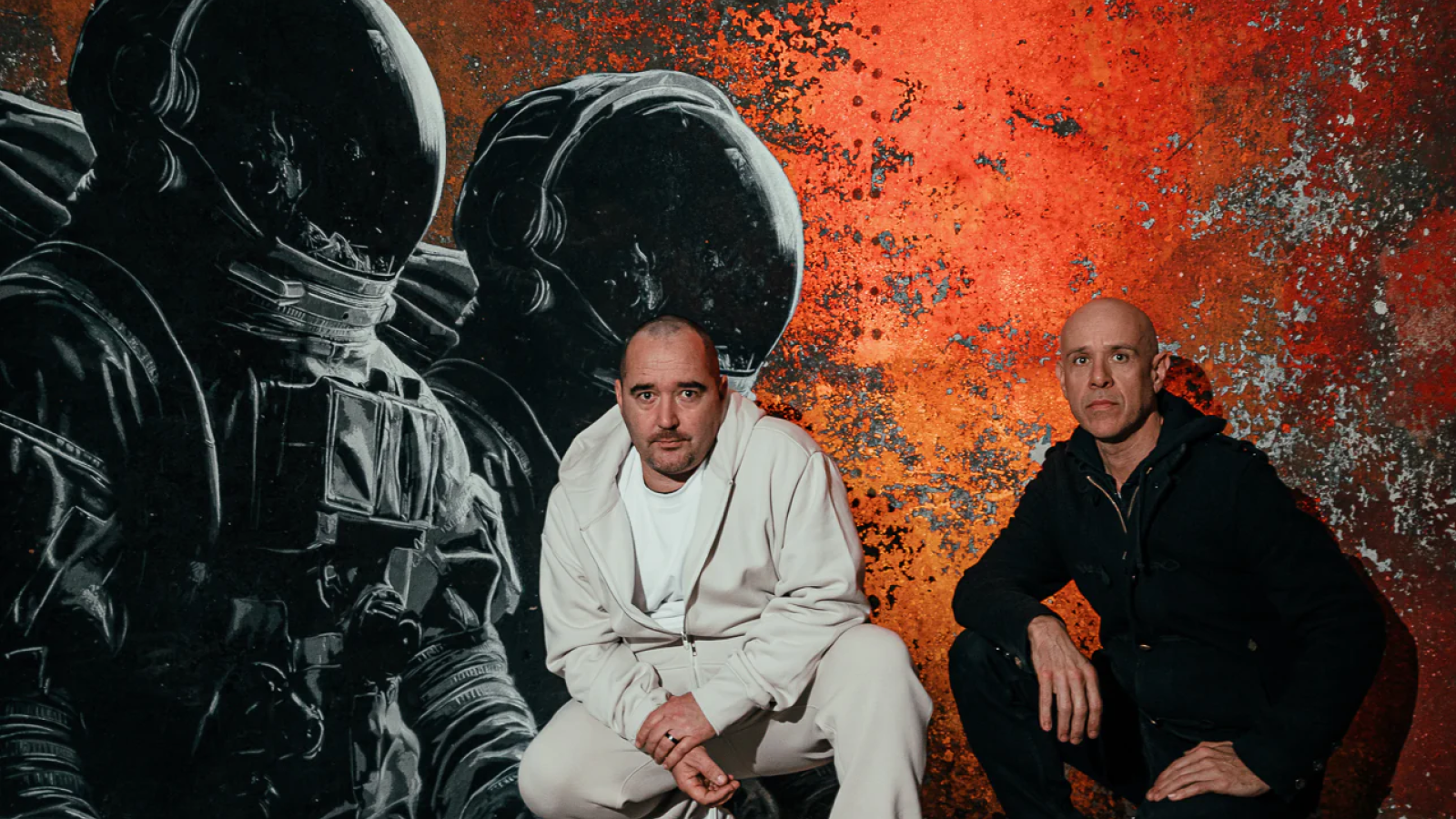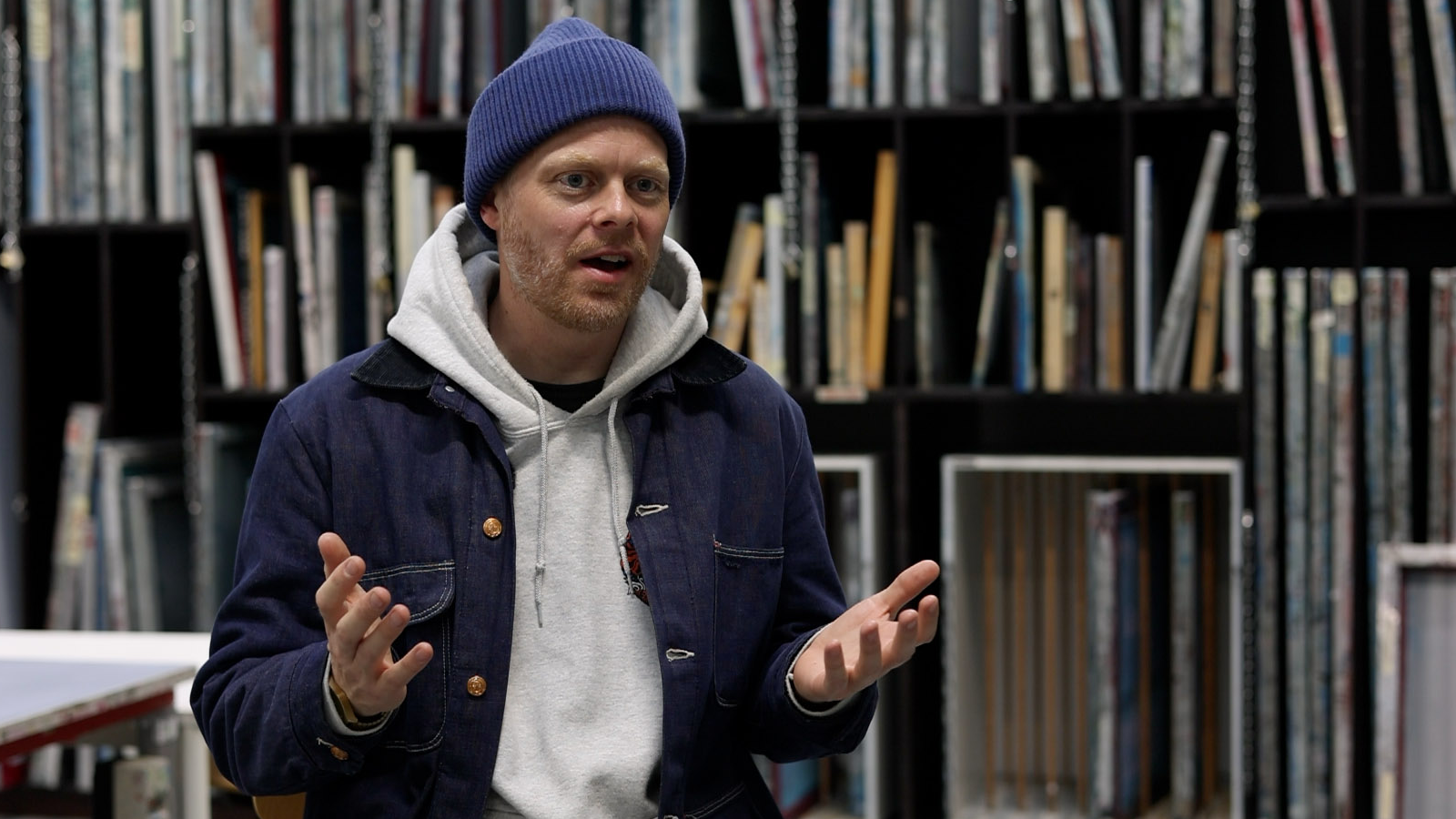Interviews
Eddie Botha: Drawing the Lines Between Humor and Humanity
September 2, 2025
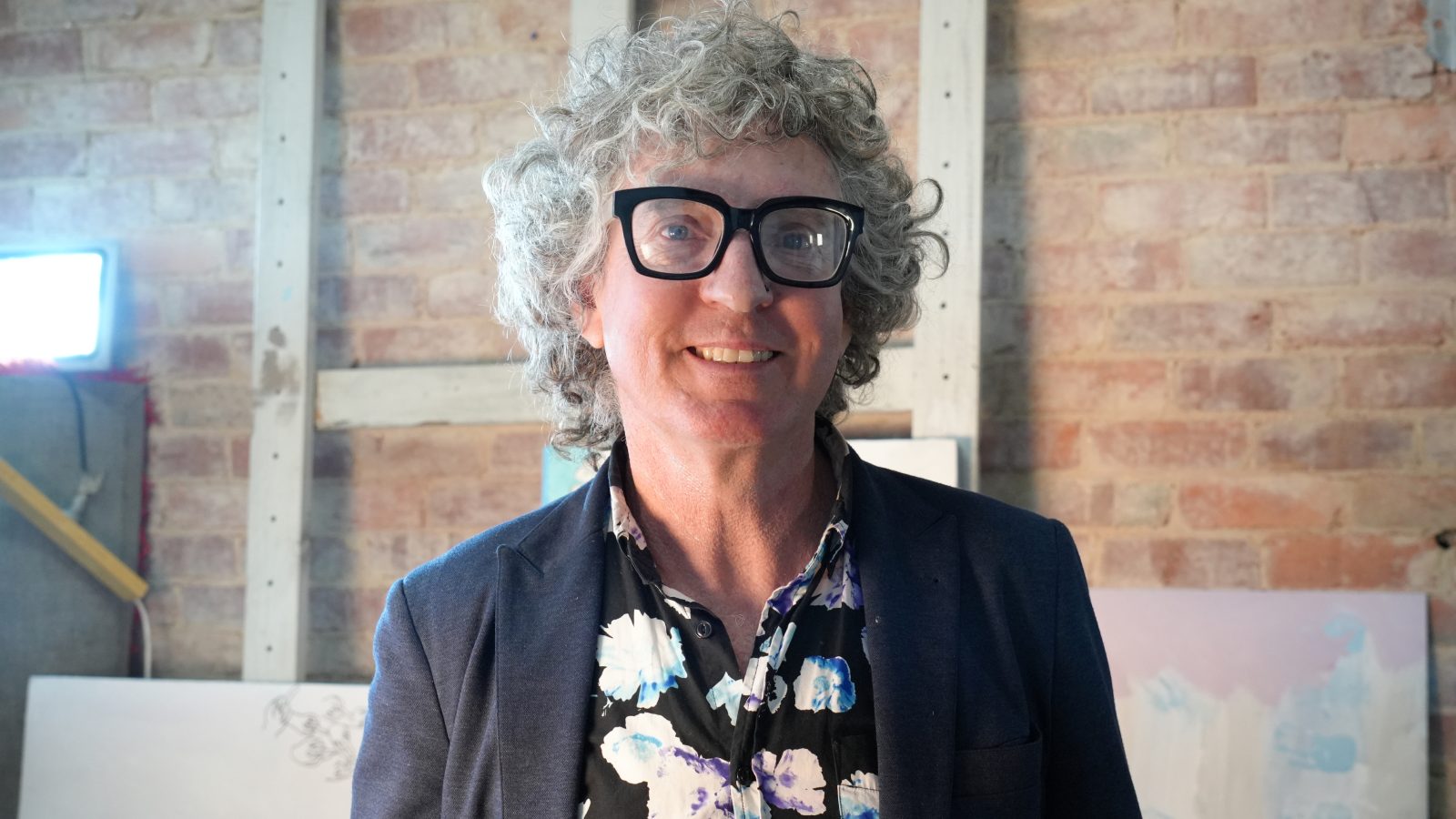
One morning in Melbourne, a little girl presses too hard on a marker while her father gently reminds her, “You’re going to damage the tip, okay?” The moment is intimate and unscripted. It says a lot. The father, artist Eddie Botha, is mid-interview, but the boundaries between art and life are already blurred. That girl, Danny, has sold artwork for a few thousand dollars and often collaborates with her dad. For Eddie, storytelling is not just a craft. It is how he lives.
“Hi, my name is Eddie Botha. I’m based in Melbourne, in Brunswick,” he says with casual ease. “My art style is contemporary illustrative drawing with the theme of interaction.” Beneath that friendly introduction, though, is a deeper purpose. Eddie creates to reflect society back to itself, showing both its joy and its harsh realities.
Laughter as a Trojan Horse
At first glance, Eddie’s art invites a smile. His characters are playful, the colors pop, and the energy feels cheerful. But that first impression often hides something more serious. “My art looks fun at first and then there’s always a deeper meaning behind it,” he explains. “I often use humor to break the ice and enable me to address some more serious issues.”
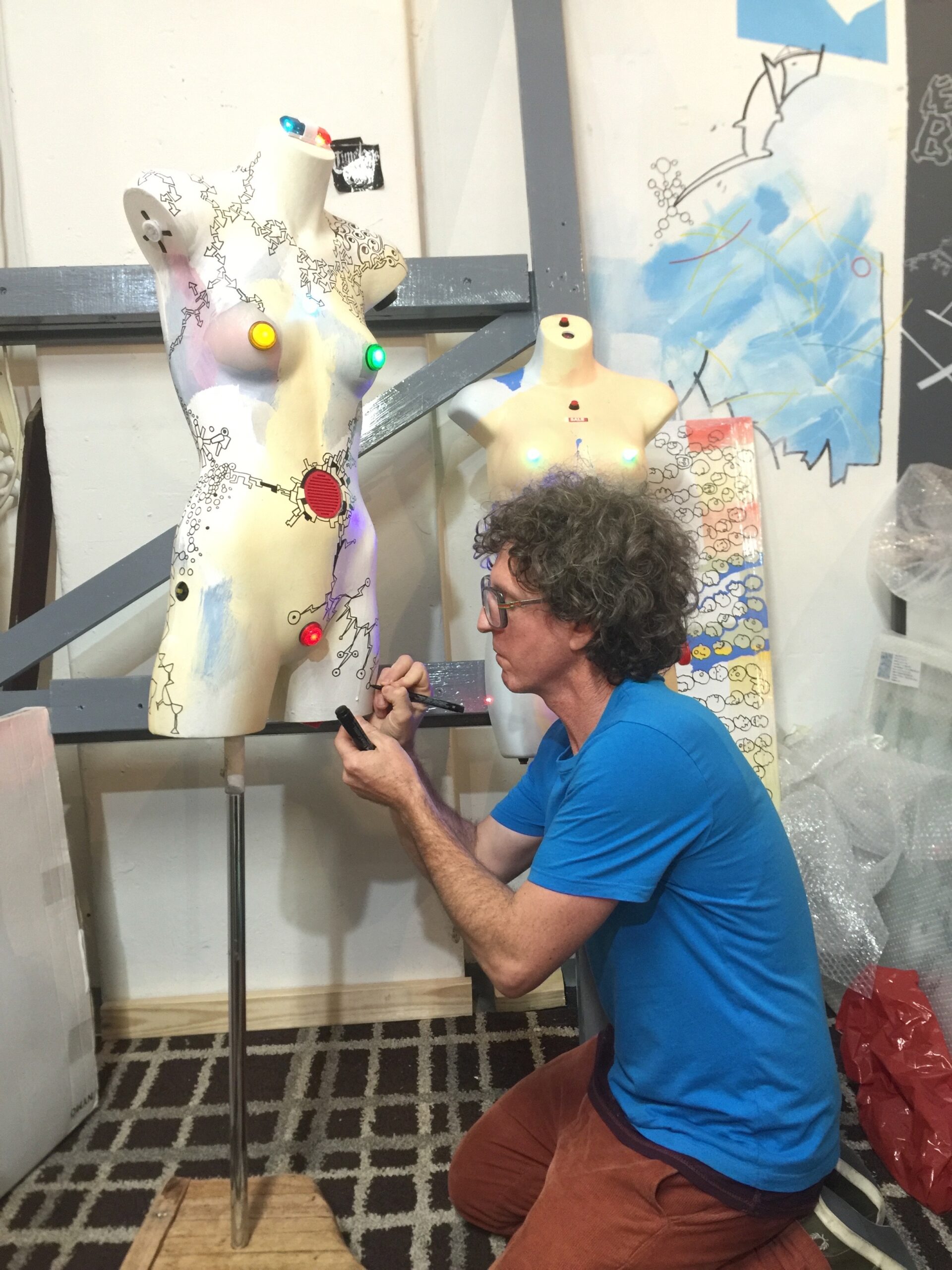
His work feels like comic relief at the edge of confrontation. “People don’t want to be confronted in their living rooms,” he says. “So a little bit of comfort is okay, but not too much.” For Eddie, comedy is not about escaping reality. It is a way to approach it without triggering resistance. “Humor is when you take a serious subject and overexaggerate it or put it in an absurd manner. That is what every comedy show does, and I realized I could do the same with my art.”
From Blueprints to Brushstrokes
Before becoming a full-time artist, Eddie spent 18 years as a landscape architect. That background shaped his visual thinking. “You can sometimes recognize stepping stones or pathways in my work,” he says. “Things are always connected in a landscape. That connection still happens in my drawings.”
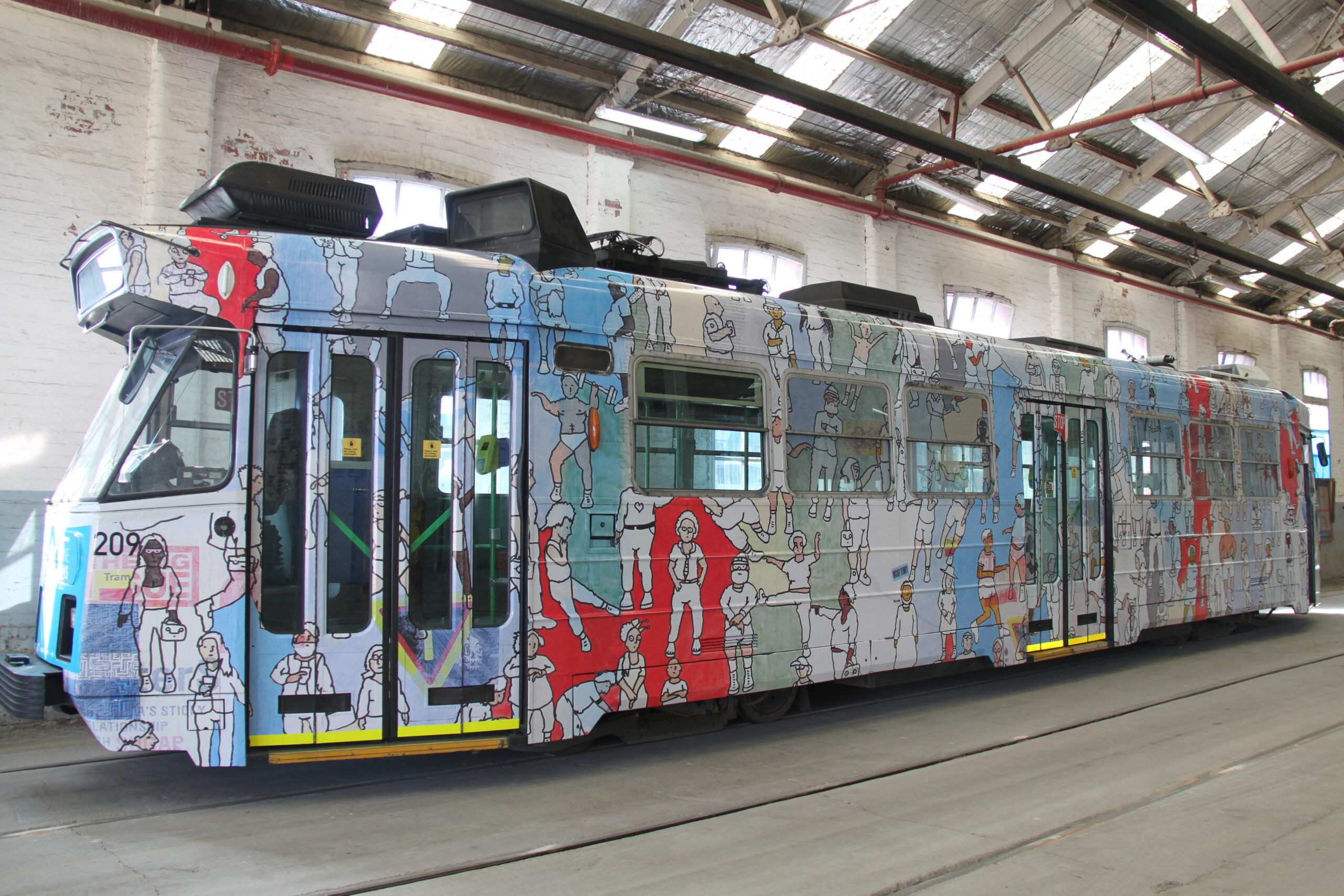
His design education gave him the tools to communicate ideas quickly and with impact. “Sometimes you’ve got one day to communicate a big park design. You just have to put down what matters.” Even now, he works with collage, spray paint, stencils, and paper scraps. The tactile nature of his art recalls those early days of layering butcher’s paper and fighting with the photocopier.
A Language of Symbols
Color and character choices are never random in Eddie’s work. “Red might mean danger. Blue is more calm,” he says. “Someone who is obese might symbolize greed. Someone in a suit and tie is probably hiding something. Someone naked is vulnerable, but also powerful.” These decisions are intentional. “It’s like a legend for a map. Every shape or figure has a meaning. It’s just another way to communicate an idea or emotion.”
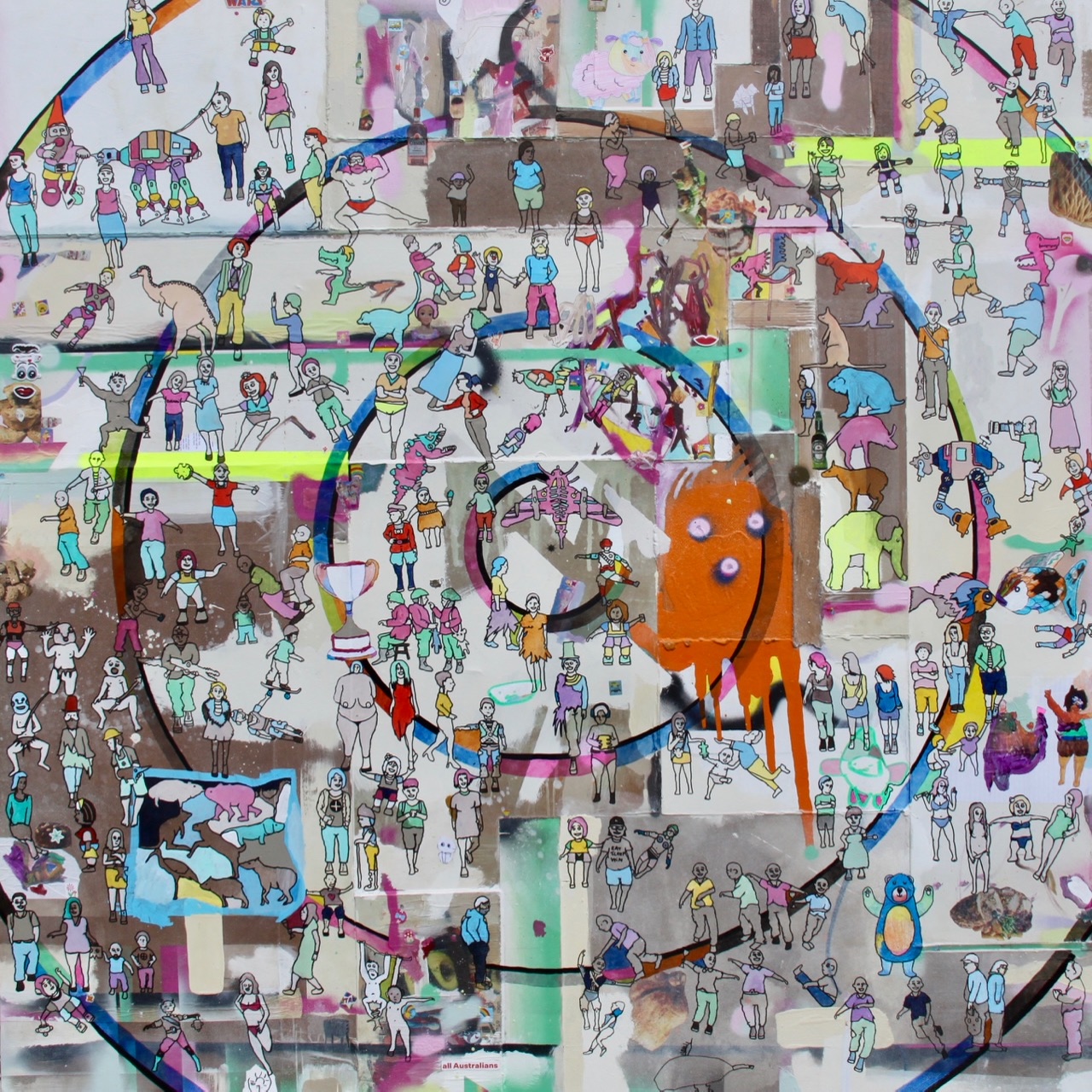
But interpretation is never forced. “Some people think a piece would go well in a kids’ room. Others find it disturbing. It depends where the viewer is at. People will interpret things in different ways.”
Fatherhood and Freedom
Collaboration with his daughter Danny brought a new spirit into his work. “At one point, I was getting scared of making mistakes. Danny’s playfulness helped me loosen up again,” he shares. That creative freedom, sparked by a child’s spontaneity, has become part of his ongoing practice.
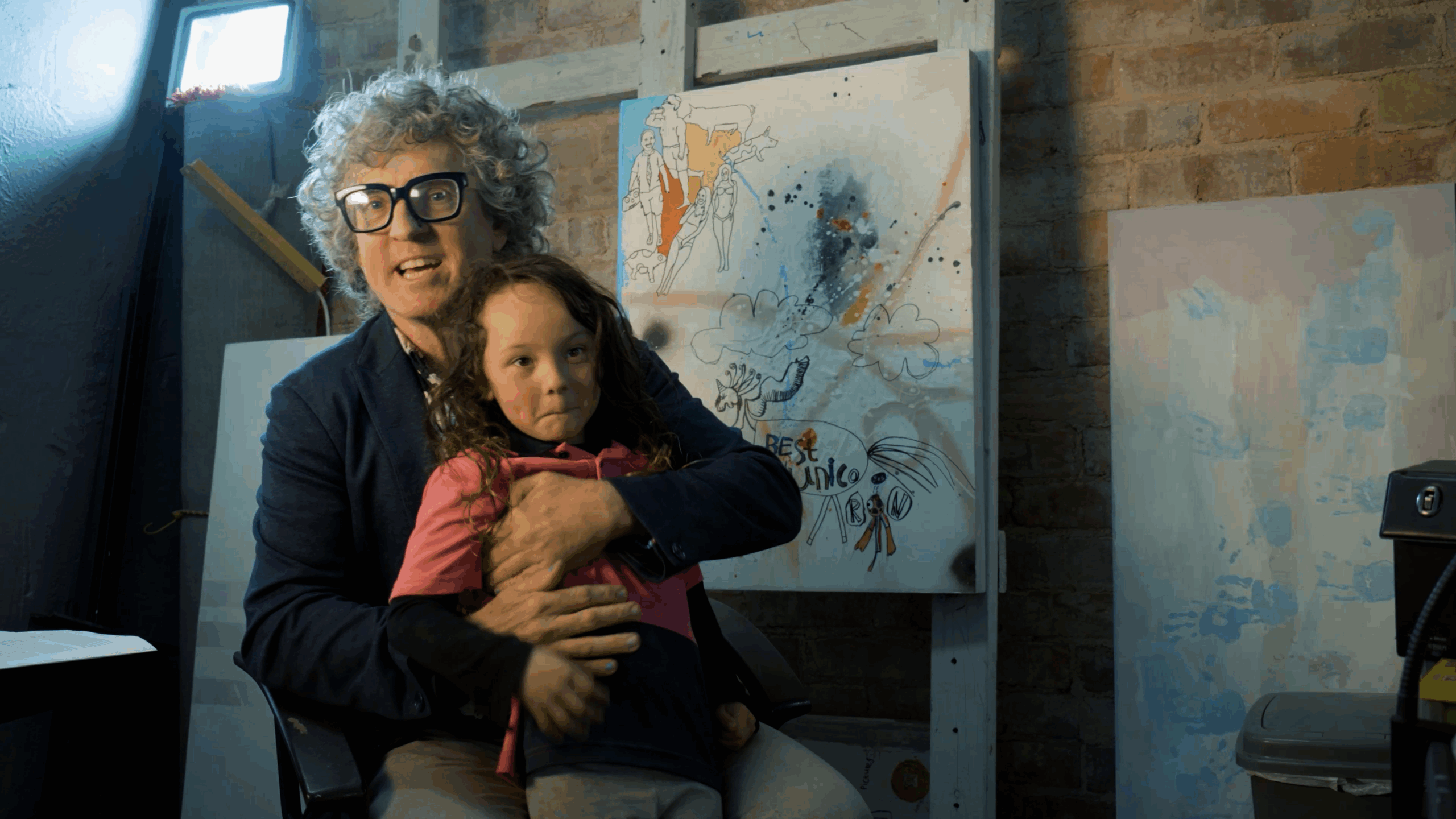
Even client projects, like a massive 18-meter mural in Hong Kong, carry his visual fingerprints. While the Chinese government’s oversight meant avoiding political themes, he embraced the brief. “It had to be playful. So I focused on nature, people, and greenery. It still felt like me.”
Speaking Without Words
Eddie lives with Tourette Syndrome and stuttered heavily as a child. Drawing became his first language. “That was my way of expressing myself,” he says. “Even now, it’s how I communicate.” Rather than hold him back, his neurological difference gave him a distinct creative lens. “My brain is wired slightly differently. That’s been good for me as an artist, even if it wasn’t always easy.”
Creating a Kinder World, One Image at a Time
Eddie’s goal is not to shock, but to shift. “People say, ‘What I do doesn’t make a difference.’ That’s wrong. Society happens with lots of small things. Then that becomes the big thing.”
He wants his art to spark reflection and empathy. “Violence, racism, sexism, those things aren’t necessary. We can live without them. We just need a change of mindset. I’m not expecting world peace because someone looked at my artwork. But every small change in thinking can add up.”
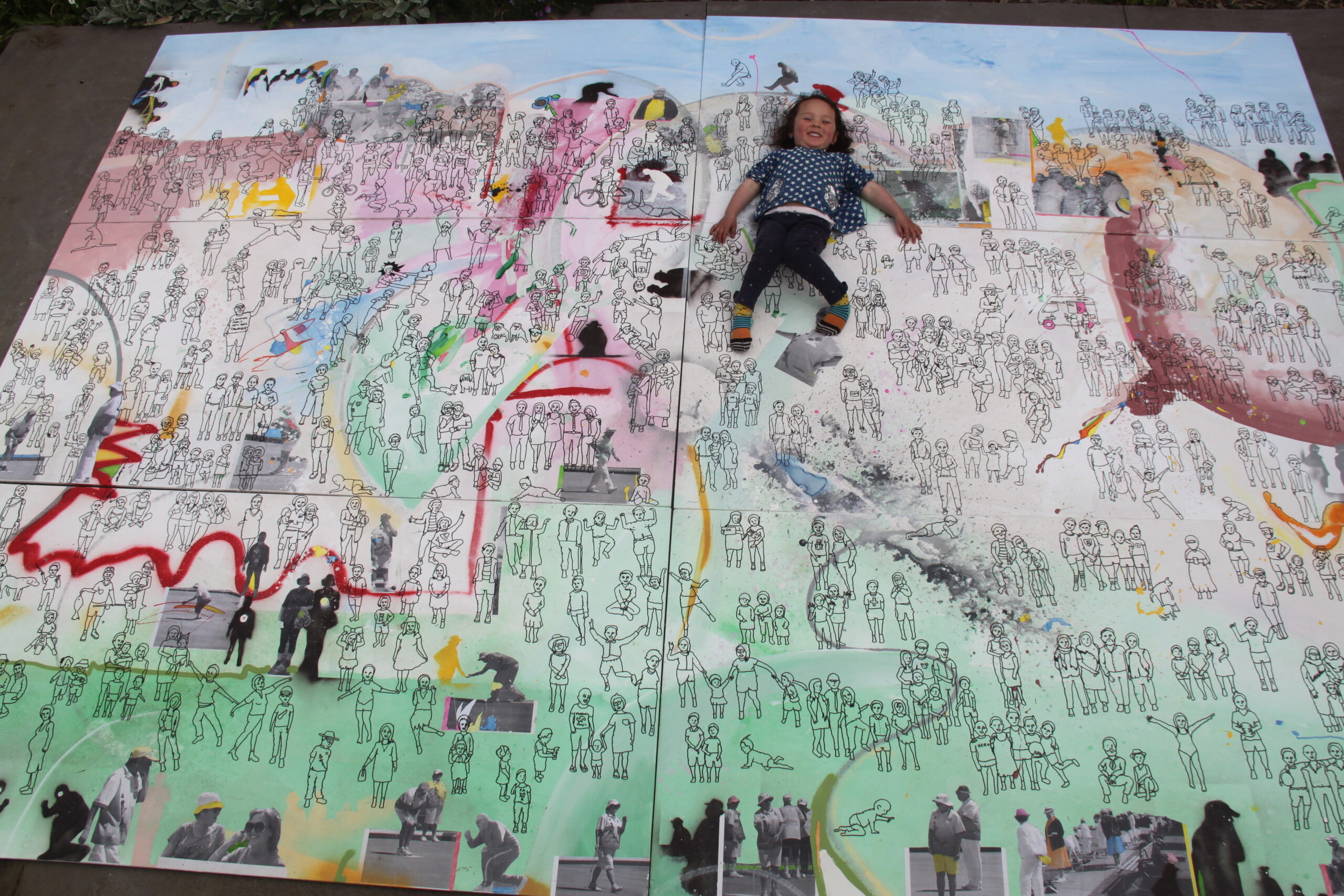
Looking ahead, he is excited to work with Seminal and expand his reach. “I’ve worked with galleries for years, but I want to reach a larger audience and have more influence with my work.” He is also collaborating with Soul Gallery and raising another newborn, Jesse, who may someday follow in Danny’s footsteps.
He hopes to return to art classes for kids and sees his new studio, Brunswick Art House, as a platform for broader creative engagement. “My work always evolves based on what’s happening around me. If good things are happening, it will show in my art. If there is war, that will show too.”
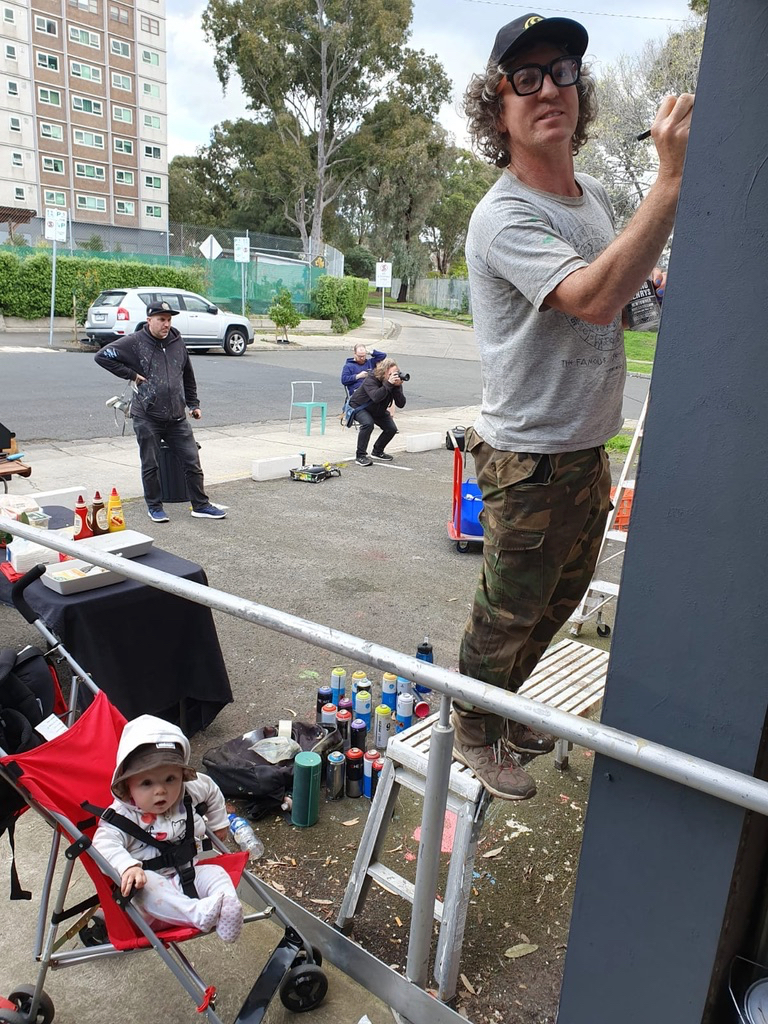
Final Thoughts
Art, for Eddie, is more than a job. “It’s a lifestyle. It’s how I communicate. As artists, we have a responsibility to speak beyond politics and religion. We can reach people in ways words can’t.”
He leaves us with a final reflection. “I think everyone has a message within them. Not everyone can draw or paint, but we can all make a difference. Don’t just watch others live their lives. Live yours.”
What kind of story are you telling with yours?
To explore more of Eddie’s art, follow him on Instagram and explore our website to apply for representation or licensing enquiries today.
Contact Seminal.
Sign up to our Newsletter.
Watch Eddie’s Artist Spotlight:
